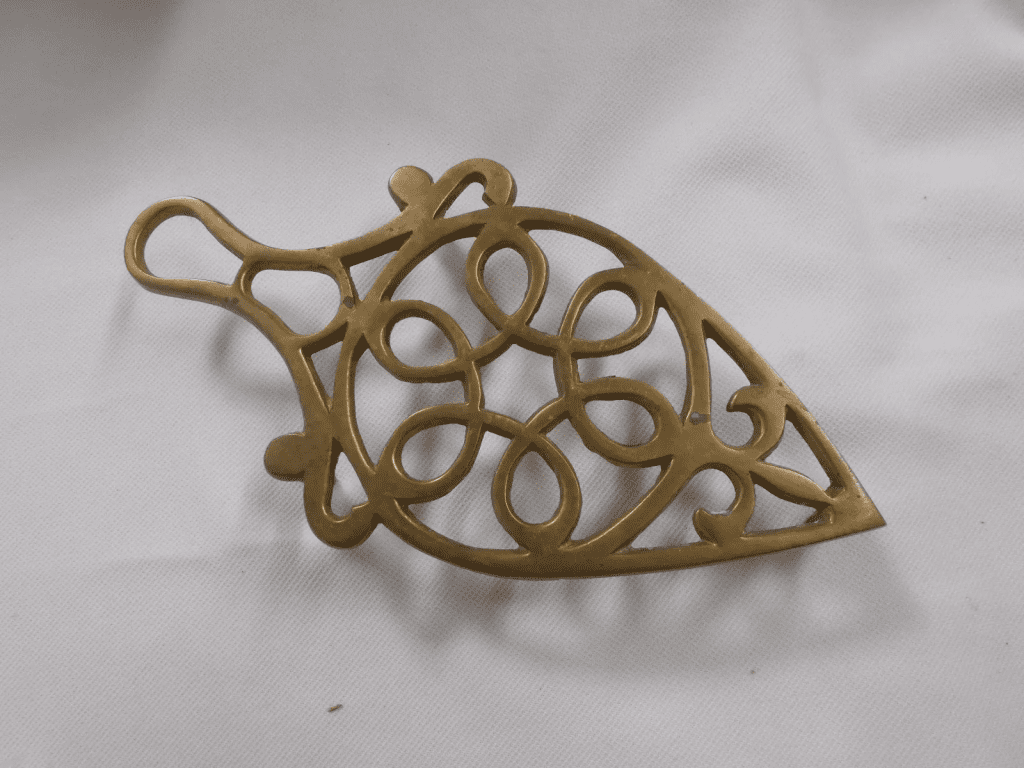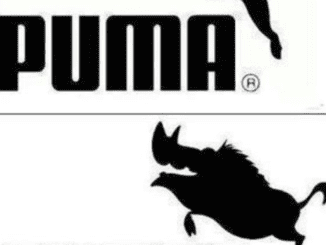In the realm of kitchen essentials, the humble trivet might not get the attention it deserves. However, this small but mighty tool plays a crucial role in protecting your dining table and countertops from heat damage. Beyond its practicality, a trivet can also add a touch of style to your kitchen. Let’s explore the fascinating history, various uses, and modern adaptations of the trivet, and why it’s a must-have in every kitchen.
What is a Trivet?

A trivet is a simple device that serves as a buffer between a hot dish and your dining table or countertop, preventing heat damage. Traditionally, trivets feature three or four legs, which elevate the hot dish slightly above the surface. The word “trivet” comes from the Latin word tripes, meaning “tripod,” a nod to its early three-legged design.
While the design and materials have evolved over time, the primary purpose of a trivet remains unchanged: to safeguard surfaces from scorching heat.
A Rich Historical Background
Trivets may seem modern, but they have a deep-rooted history. They’ve been an essential kitchen tool for centuries, evolving through time and cultures.
Ancient Origins
Trivets trace their origins back to ancient times. In 2nd-century BCE China, metal trivets known as “fire stands” were used to elevate pots above open flames, ensuring more even cooking and preventing the pots from tipping over. These early versions were functional and durable, made from strong metals that could withstand high temperatures.
Medieval Europe
During the Middle Ages, trivets became more ornate and sophisticated. Crafted from wrought iron or brass, trivets in medieval Europe were not only functional but also displayed intricate designs. These trivets served practical purposes in the kitchen and by the fireplace, while also showcasing the craftsmanship of blacksmiths and artisans.
Colonial America
In Colonial America, trivets became an essential household item. Often made from wood or ceramic, they were both decorative and functional, allowing hot dishes to be placed on tables without causing damage. These trivets were cherished for their ability to blend utility with the aesthetics of early American homes.
Contemporary Uses of Trivets
In modern kitchens, the trivet still holds its place as an essential accessory, though it has become more versatile and stylish.
Heat Protection
The primary role of a trivet remains to protect your table or countertops from heat damage. Whether you’re placing a hot casserole dish, a fresh-out-of-the-oven pie, or a sizzling pot, a trivet acts as a heat shield, ensuring that your surfaces stay unscathed.

Design Variety
Today’s trivets come in a wide variety of materials and designs, allowing you to choose a style that complements your kitchen décor. From rustic wooden trivets to sleek metal or modern silicone options, there’s a trivet to match every aesthetic. Trivets can even enhance your dining experience by adding a decorative element to your table setting.
Versatility
Trivets aren’t just for heat protection. They can double as cooling racks for baked goods, protect surfaces from heavy pots, or even act as a stylish base for centerpiece items when not in use. Their versatility makes them a staple in both casual and formal kitchens.
Choosing the Right Trivet
When selecting a trivet, it’s important to consider both function and form. Here are some factors to keep in mind:
Material Options

- Wood: Wooden trivets offer a classic look but may not withstand extremely high heat. They’re best for serving moderately warm dishes.
- Metal: Durable and heat-resistant, metal trivets—especially those made from stainless steel or cast iron—are ideal for heavy-duty use.
- Silicone: Flexible and highly heat-resistant, silicone trivets are easy to clean and store, making them a practical choice for everyday use.
Aesthetic Appeal
Trivets aren’t just about functionality; they can be a stylish addition to your kitchen. Choose a trivet that complements your tableware and overall décor. A beautifully designed trivet can serve as a conversation piece, adding charm to your meal presentation.
Modern Adaptations of the Trivet

As kitchen designs evolve, so do trivets. Modern trivets not only serve their traditional purpose but also embrace new styles and functionalities.
Multi-functional Designs
Some modern trivets offer additional features, such as folding capabilities for easy storage or the ability to be used as pot holders. These multi-purpose designs cater to today’s space-conscious kitchens, offering practicality without sacrificing style.
Artistic Styles
Contemporary trivets are often more than just functional items—they’re pieces of art. From geometric patterns to nature-inspired motifs, many trivets today are designed to be visually striking. These artistic trivets not only protect your surfaces but also enhance the aesthetics of your dining experience.
Sustainable Options

With the growing emphasis on sustainability, many manufacturers are creating eco-friendly trivets. Made from recycled materials or sustainably sourced wood, these environmentally conscious trivets cater to those looking for green solutions without compromising on style or quality.
Caring for Your Trivet
To ensure your trivet lasts for years to come, it’s important to follow proper care guidelines based on its material:
- Wood Trivets: Clean with a damp cloth and avoid soaking in water, as this can cause the wood to warp or crack. Apply mineral oil occasionally to maintain the finish and prevent drying out.
- Metal Trivets: Clean with soap and water, and dry immediately to prevent rusting. Avoid abrasive cleaners that can scratch the surface.
- Silicone Trivets: Silicone trivets are typically dishwasher safe, making them incredibly easy to clean. Simply toss them in with your regular dishes for a quick and easy refresh.
Conclusion
In the world of kitchen tools, the trivet may seem small, but its importance cannot be overstated. It’s a versatile, stylish, and functional accessory that plays a pivotal role in protecting your surfaces and enhancing your dining experience. From its rich history to its modern adaptations, the trivet continues to evolve, blending utility with artistry.
So, next time you’re preparing to serve a hot dish, don’t overlook the trivet. This simple tool will not only keep your kitchen surfaces safe but also add a touch of elegance to your meal presentation. With so many designs and materials to choose from, there’s a perfect trivet out there for every kitchen!


